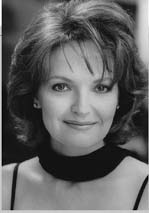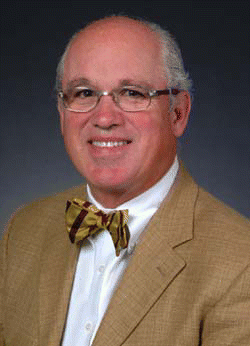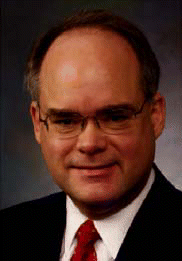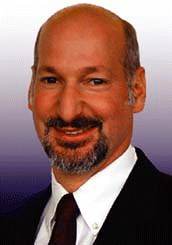I would like to commend Robert H. Miller, MD, on a well-balanced discussion in the February issue of ENToday concerning the pros and cons of pay for performance (P4P).

Well Tuned: Maintenance of the Professional Voice: Part 1 of 2
Frank Sinatra purportedly said of Rosemary Clooney that she was able to hit a note right in its center.

Collegial Relationships: Extending Otolaryngology Practice with Other Professional Providers
Harold (Rick) Pillsbury, MD, President-Elect of the Triological Society, has been predicting for 10 years that there would be a need to hire people to help extend otolaryngology practices—in other words, physician assistants (PAs) and nurse practitioners (NPs). “I was right. That makes me the soothsayer here,” he joked.

How Accurate Are Parents’ Perceptions of Their Children’s Conditions?
How much stock should otolaryngologists put into the parental interpretations of their child’s complaints? According to Ellen M. Friedman, MD, an otolaryngologist in Houston, parental descriptions are an important part of patient histories, but you still need to perform objective measures.

At the Sharp End of the System: Disclosure and Apology in Otolaryngology
When the team of otolaryngologists from Children’s Hospital in Boston, including Drs. David Roberson and Rahul Shah, among others, investigated the classification of errors and physician responses to errors as it is germane to otolaryngology, they provided a great service to their fellow specialists.

In-Office Conscious Sedation Is Safe When Used Properly
As otolaryngologists are performing more procedures on an in-office basis, more are also using conscious sedation in the clinic setting.

Drug Marketing: Different Impacts on Different Physicians
Pharmaceutical company representatives (PCRs) are as ubiquitous in otolaryngologists’ offices as seasonal allergies and ear infections.

Proposed Vial Mixing Standard May Have Adverse Effects for Otolaryngologists
Standards proposed by the United States Pharmacopeia (USP) for the compounding of sterile medication could be applied to vial mixing in the office.

Thinking of Adding Hearing Aids to Your Practice? Experts Dispense Advice
An estimated 31 million Americans are affected by some level of hearing loss and, as the population ages, that number will continue to rise.
